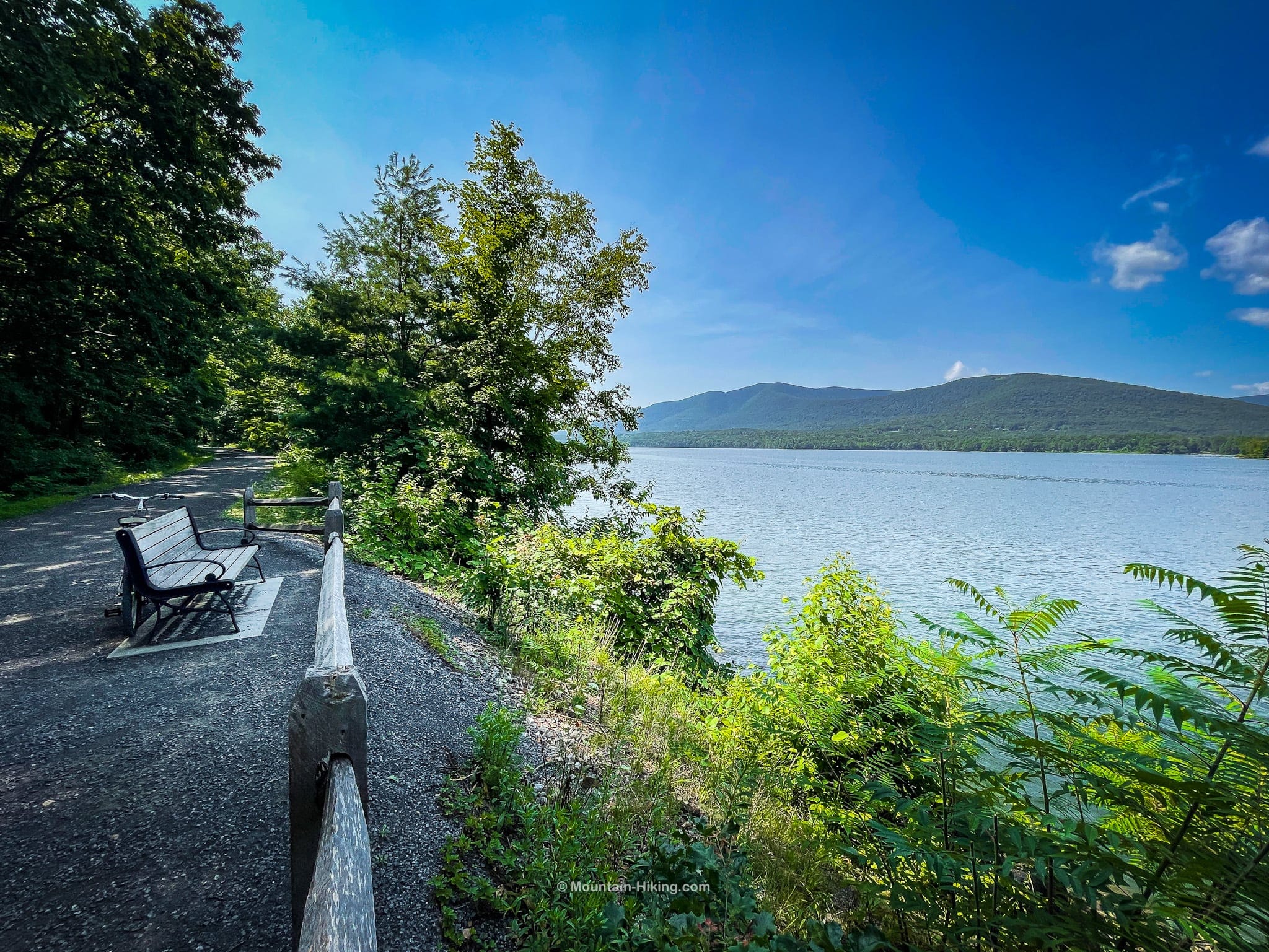Disclosure: This content may contain affiliate links. Read my disclosure policy.
Yes, your planned hike is popular and even kids do it regularly — it still might kill you
Hiking safe is easy to do. With some basic knowledge and gear, hiking is rarely dangerous. Most rescues are conducted to save people who have gotten in over their heads because they weren’t properly prepared. Here’s how to hike safe.
Hike Safe in New York’s Wilderness Areas
Many popular New York trails bring hikers into wilderness areas. The huge recent increase in interest in hiking may make it seem like the dangers are somehow reduced — or maybe even overstated. They are neither.
Wilderness is defined in the Catskill Park State Land Master Plan as areas where the earth and its community of life are untrammeled by humans, where humans are visitors who do not remain.
Nor do their works.
A wilderness area is further defined to mean state land having a primeval character, without significant improvement or protected and managed so as to preserve, enhance and restore its natural conditions, and which…
- generally appears to have been affected primarily by the forces of nature, with the imprint of man’s work substantially unnoticeable;
- has outstanding opportunities for solitude or a primitive and unconfined type of recreation;
- has at least ten thousand acres of contiguous land and water or is of sufficient size and character as to make practicable its preservation and use in an unimpaired condition
In short, there are no save-your-ass services in the wilderness. If you are hurt, or become ill or incapacitated, you will be miles from help, hours from help, possibly overnight from help. Please read the 3 Best Ways to Not Die on a Hike.
When hikers are properly prepared they can handle extreme weather and pressures. On the other hand, without proper preparation, under seemingly trivial pressures, hikers can become undone. On a mountain, even mild weather changes can lead to danger quickly.
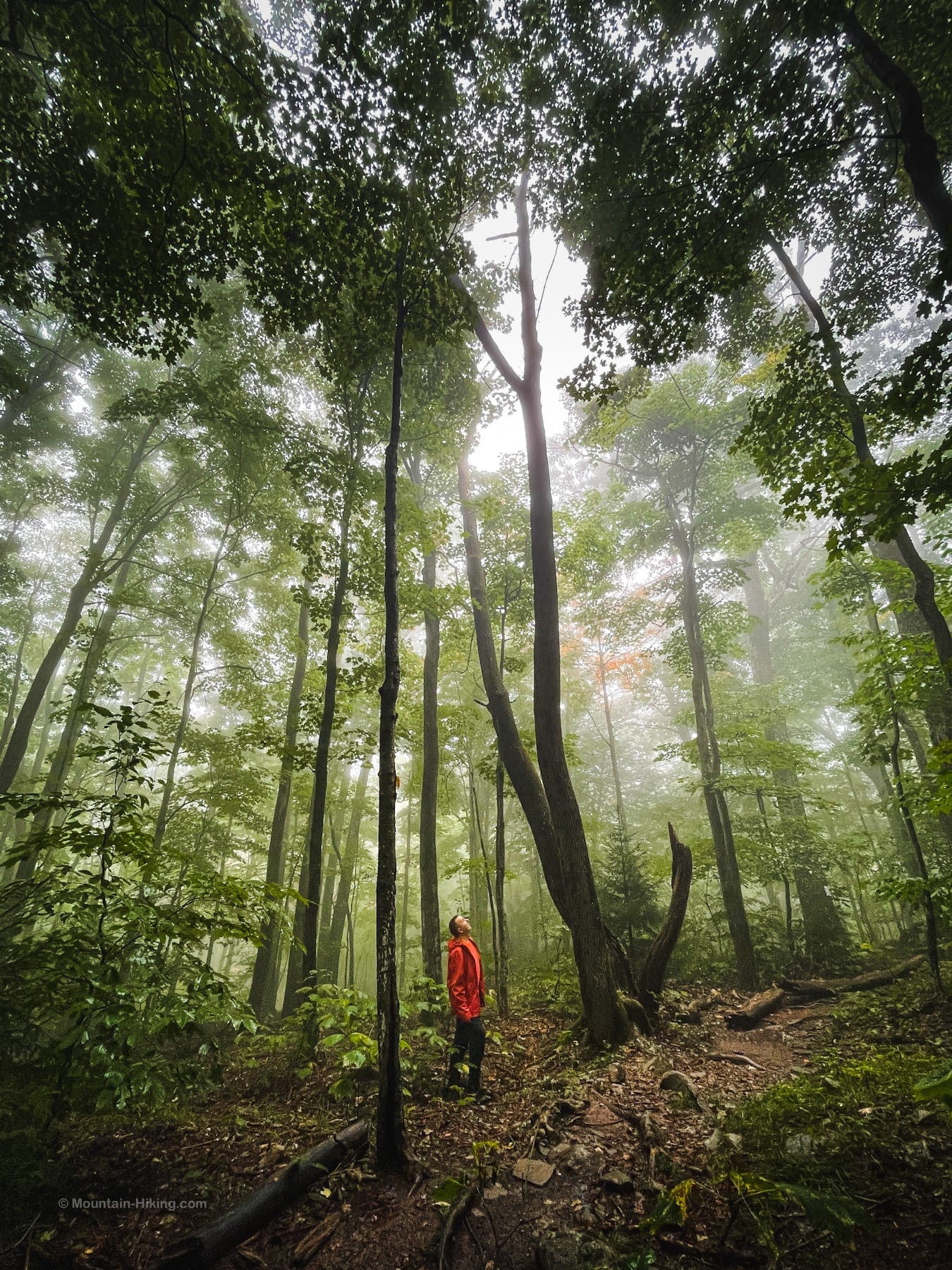
Hiking Safe Clothing
- Avoid cotton and denim at all costs because cotton hangs onto water, which will lead to hypothermia; instead, wear layers of moisture-wicking fabrics
- The best moisture-wicking fabrics are synthetics and wool; these fabrics drain quickly but keep you warm even when they’re wet
- Wearing layers allows you to regulate your temperature up or down as necessary, which is important in all four seasons
- Wear the best waterproof hiking boots you can afford
- Always pack a rain layer, every season
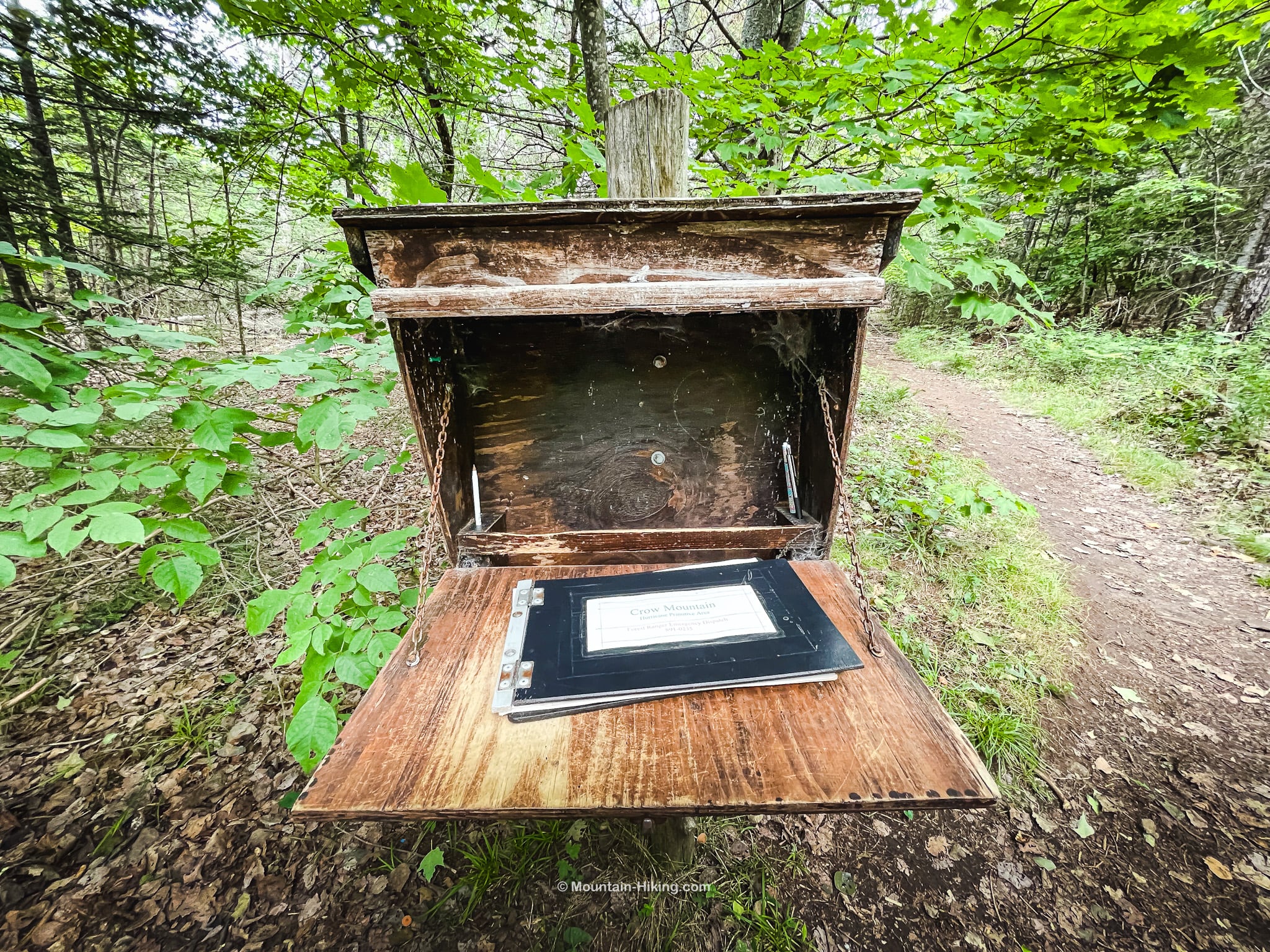
Hike Safe Planning
- Always research your route (length, route, terrain, elevation gain, and bail-out points), keep an eye on the weather forecast, and know and respect your personal limits
- Before leaving your home, text your hike plan to a trusted family member or friend (and text them again from the trail if anything changes)
- At the trailhead, always sign the register — stop being a paranoid goober and sign the damn book
- Know what time sunrise and sunset will be; in the forest, it will be pitch black not long after sunset
- Drink before you’re thirsty
- Eat before you’re hungry
- On the trail, putting your phone in airplane mode extends its battery life significantly, especially in areas where cell signal is weak; you’ll still have full access to your phone’s GPS functions (modern phone GPS systems don’t require cell service)
- Be real about your experience and abilities
- If you’re in a group, plan with everyone’s abilities in mind and pace your hike to its slowest member
- Groups should stay together, always, and never lose sight of each other
- Make sure the DEC emergency number is set as a contact in your phone; see 3 Best Ways to Not Die on a Hike
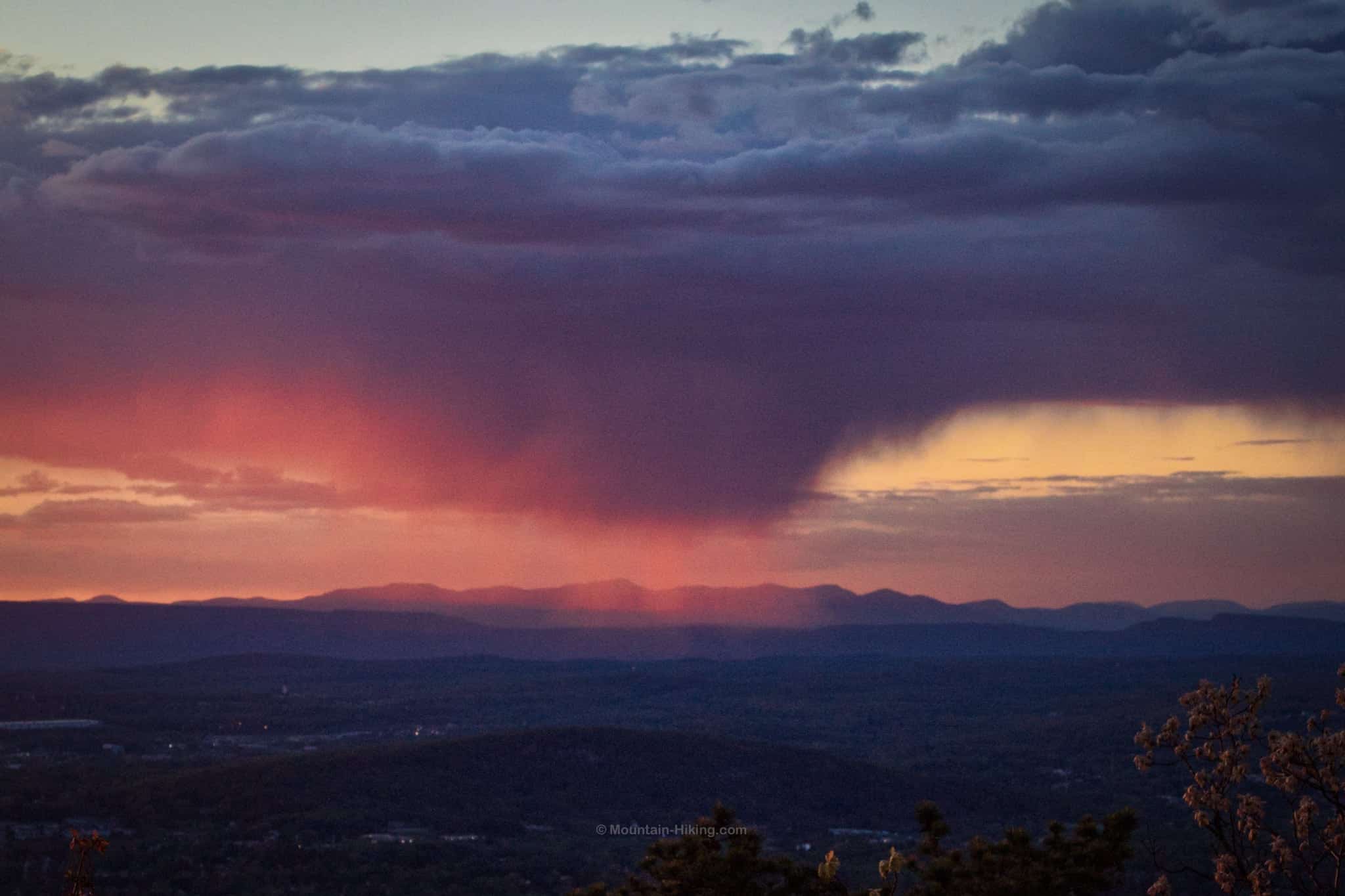
Weather Tweaks for Hiking Safe
Even in the Catskills, where most of the summits are below 4000’, I’ve had hikes where the trailhead was enjoying sunshine while the summit was enduring a snowstorm. In the Adirondacks, it’s a given that you can face snowfall above 4000’ at any time of year, even in summer.
- How cold will it be at the summit? Deduct 3°F for per 1000 feet (5°C per 1000m) but remember that this doesn’t account for wind chill on exposed summits
- Mountain-Forecast.com will give you a forecast for the base and summit of many mountains.
- Look at the forecast for the day of your hike, of course, but also for the night following your hike, in case you end up stuck in the woods overnight — adjust plans accordingly
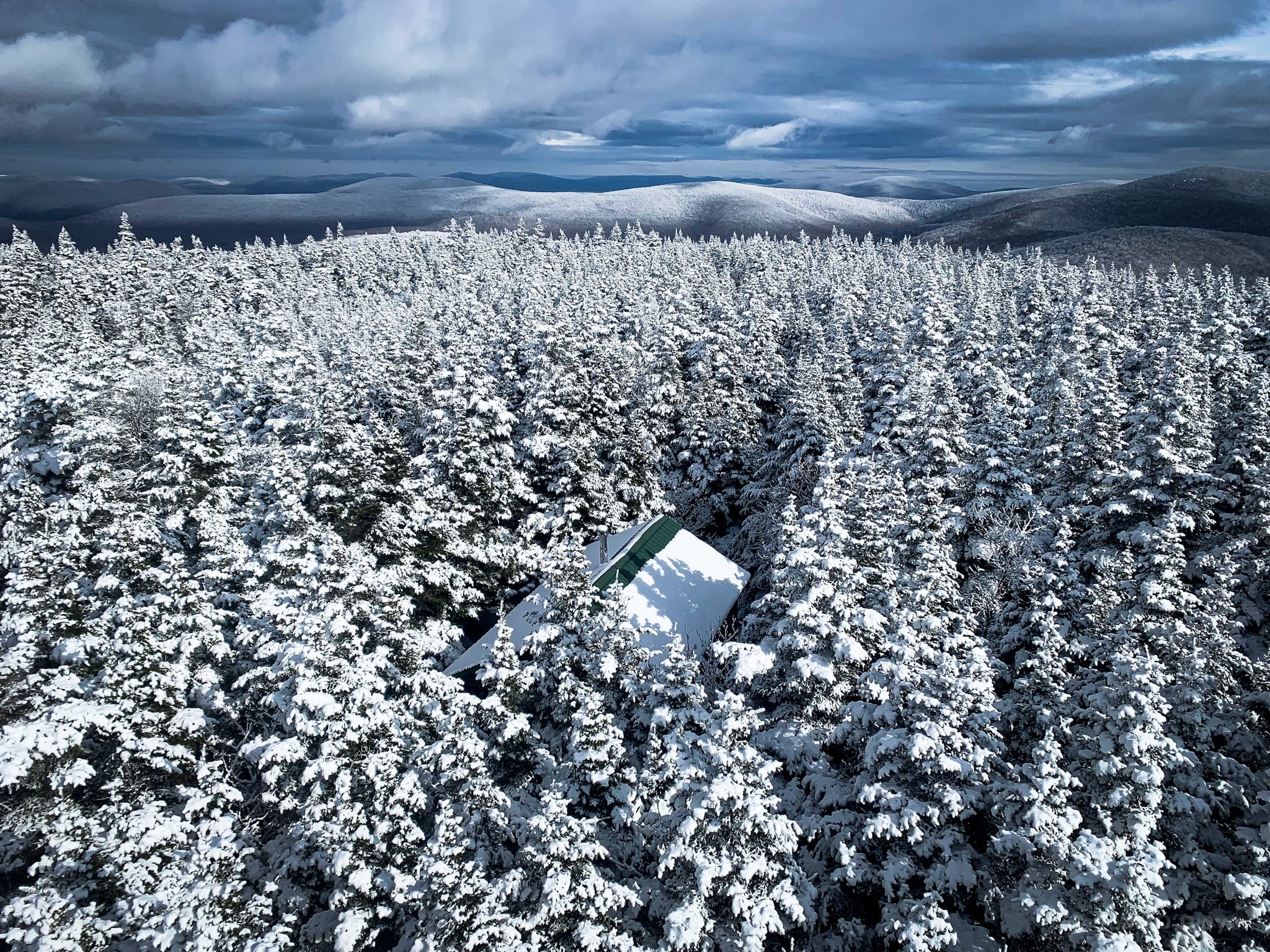
Hiking Safe Winter Tweaks
- Allow 33% extra time for hiking through snow
- A thermos with hot soup is your friend
- Liner socks are a great investment
- Consider mittens rather than gloves (but pack a spare set of gloves too)
- After sipping water, clear your feeder tube by blowing water back into your reservoir; this will stop it from freezing in your tube; you can also tuck the end of your tube inside your jacket to keep the mouthpart warm
- For trail snacks, instead of Snickerses (which freeze solid) pack Reese’s Pieces (which don’t)
Distress Signals
- A distress signal can be three small fires, or piles of rocks in a triangle, three blasts on a whistle, three shots from a firearm, or three flashes of a light, in succession followed by a one-minute pause and repeated until a response is received; three blasts or flashes is the appropriate response
- If you’re near an open space, walk an “X” in the snow, grass, or sand
- Make it as large as possible so that it can be seen easily from the air; make your signal big (20 feet long) so that it can be seen from a distance, and select a highly visible location
- Do not light signal fires until you hear an aircraft; adding green boughs to a fire (preferably pine if available) will help create smoke
Cell Coverage When Hiking Safe
Hiking safe in the wilderness is a little easier now that we all carry smartphones. But don’t assume you’ll always have the coverage you need. Here’s how to hike safe with your cell phone.
- In much of the Catskills, there’s far less cell coverage than you might have experienced in other mountain ranges, even the Adirondacks; in the Catskills, especially in the hollows and valleys, and at many trailheads, there’s zero cell service; you often have to get above 2500’ to find patchy/temporary service and some locations simply have none; it just depends on the topography
- This means your phone may not be able get directions out of a place for which it got directions in; in these cases, I use GPS to navigate back to civilization: apps like Avenza or GaiaGPS are wonderful modern tools (but batteries can die, etc…)
- A little planning goes a long way: before your drive in, plan your route out
- I include cell service notes at the bottom of all my hike reports
Illegal Activity
In the Catskills and Adirondacks, camping closer than 150 feet to water sources or trails is forbidden.
You can also report Leave No Trace violations to Forest Rangers.
If you see illegal activity, call the rangers at 845 256 3026 or 518 357 2161 (after hours 518 408 5850).
Follow
Follow my instagram @totalcatskills to get the latest info in your feed — I’m also at Facebook.com/TotalCatskills.
Read More
- DEC Hike Smart
- DEC Lost in the Woods
- REI First Aid Checklist
Get full access…
Get instant access to the full version of this site and enjoy great supporter benefits: full galleries, full trail notes, early access to the latest content, and more.
Hot on the website right now…
Follow for more…
Follow my @TotalCatskills content on Instagram for regular hiking inspo and safe, inclusive community.
